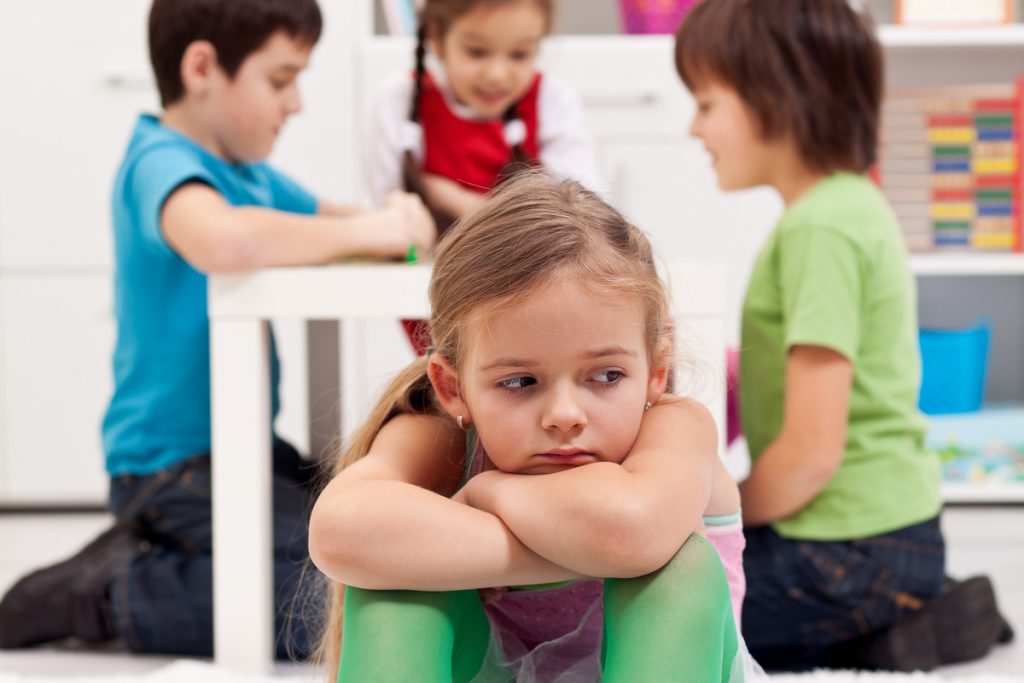By Louise Larkin
As a kid there is nothing more exciting than being invited to a friend’s birthday party or a play date. Lots of fun, games, and laughter. It’s what childhood memories are made of.
However, what happens to the hundreds of kids who miss out on these important childhood experiences each year because they may appear ‘different’ and are excluded?
One in six Australian children experience social exclusion. The physical, emotional, and mental effects of this can be lifelong. It can affect children’s sleep, educational achievements, behaviour and cause depression and anxiety. Children become aware of their social rejection from around the age of eight.
Sadly, the pandemic has added another complex layer to social exclusion. The quality of social connectedness was lost due to the social distancing during the pandemic. Social connectedness is one of the predictors of mental health and provides a protective layer to ensure a good mental health.
Without this layer the quality is lost. Social connectedness is a core human need and improves physical health and, mental and emotional well-being.
Friend In Me is a charity that is on a crusade to break the cycle of exclusion and prevent the negative effects in childhood and adulthood.
This organisation wants to reduce the feelings of loneliness and isolation that children can experience by bringing families together to meet, share, laugh and connect with each other.
Their goal is to have reached 5,000 families by 2025. By 2030 Friend In Me wants to make sure that no child is left behind.
To make long-lasting change, the foundations of inclusion and disability awareness need to flow into all parts of the community.
Friend In Me’s vision is to see inclusion become a part of the everyday, for everyone. There are many opportunities for the community to be more inclusive and remove the stigma around a child being ‘different’.
There are simple ways that families can make sure every child is included in their community.
Trust a parent when they say their child has a disability –
Just because you can’t see the disability doesn’t mean the child doesn’t have it. When a family discloses a disability to you they are entrusting you with private and confidential information; it isn’t your role to then tell others.
Do your research –
The best starting point is to talk to a pediatrician or your therapist about a particular behavior or diagnosis to get a better understanding what this means. In order to better understand any diagnosis or behvaiour it’s best to research thoroughly. Be very wary of information found on Facebook and no researched based strategies.
Be sensitive –
with the language that you use. Although people may seem ok with the diagnosis there is still grieving that occurs.
Parents need to be regulated to then co-regulate with their children. Young children cannot self-regulate.
Teach children that all brains work differently – All behaviour is a form of communication that needs to be investigated and not dismissed as “naughty behaviour”. Discuss openly and early the child’s feelings and how they make their body feel. For example, “my body is feeling tense, I’m getting angry.” Remember it’s baby steps.
Advocate for all children in all environments –
Have high expectations for all children. You may need to make modifications for each child based on their abilities, but all children are capable.


